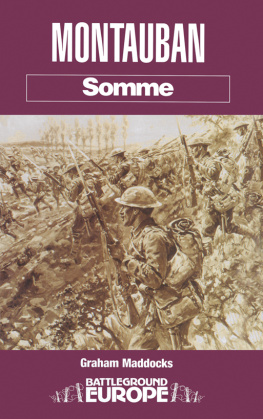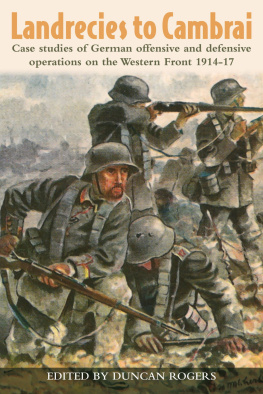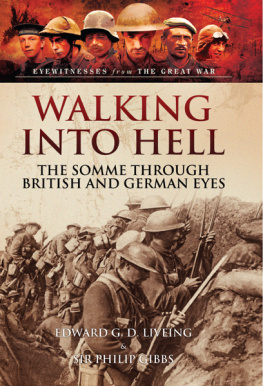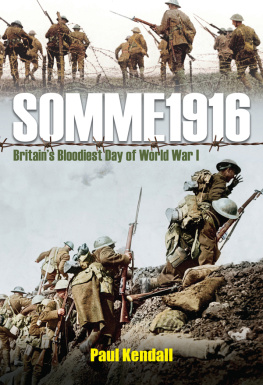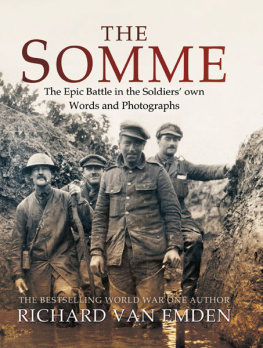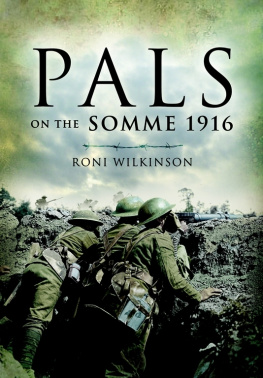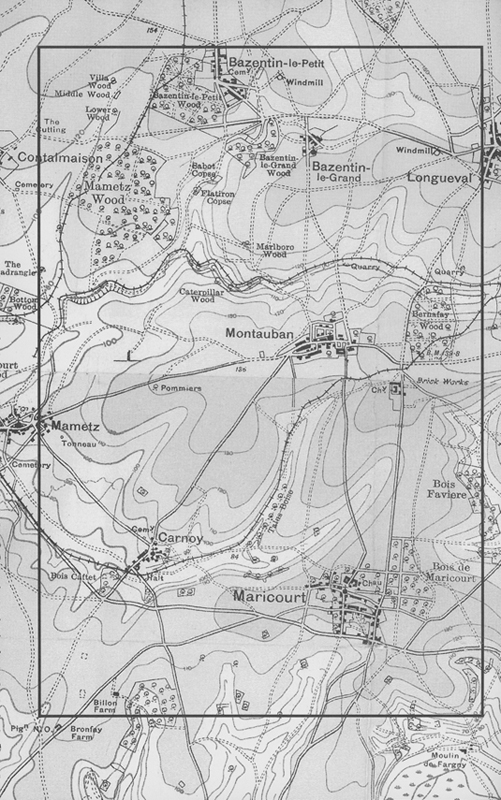Other guides in the Battleground Europe Series:
Walking the Salientby Paul Reed
Ypres Sanctuary Wood and Hoogeby Nigel Cave
Ypres Hill 60by Nigel Cave
Ypres Messines Ridgeby Peter Oldham
Walking the Sommeby Paul Reed
Somme Gommecourtby Nigel Cave
Somme Serreby Jack Horsfall & Nigel Cave
Somme Beaumont Hamelby Nigel Cave
Somme Thiepvalby Michael Stedman
Somme La Boisselleby Michael Stedman
Somme Fricourtby Michael Stedman
Somme Delville Woodby Nigel Cave
Somme Pozieresby Graham Keech
Somme Courceletteby Paul Reed
Somme Boom Ravineby Trevor Pidgeon
Somme Mametz Woodby Michael Renshaw
Arras Vimy Ridgeby Nigel Cave
Arras Bullecourtby Graham Keech
Hindenburg Lineby Peter Oldham
Epehyby Bill Mitchenson
Riquevalby Bill Mitchenson
Boer War The Relief of Ladysmith, Colenso, Spion Kopby Lewis Childs
Accrington Pals Trailby WilliamTurner
Poets at War: Wilfred Owenby Helen McPhail and Philip Guest
Gallipoliby Nigel Steel
Battleground Europe Series guides in preparation:
Ypres Polygon Woodby Nigel Cave
La Basse Givenchyby Michael Orr
La Basse Neuve Chapelle 1915by Geoff Bridger
Walking Arrasby Paul Reed
Arras Monchy le Preuxby Colin Fox
Somme Following the Ancreby Michael Stedman
Somme High Woodby Terry Carter
Somme Advance to Victory 1918by Michael Stedman
Somme Ginchyby Michael Stedman
Somme Comblesby Paul Reed
Somme Beaucourtby Michael Renshaw
Walking Verdunby Paul Reed
Poets at War: Edmund Blundenby Helen McPhail and Philip Guest
Boer War The Siege of Ladysmithby Lewis Childs
Isandhlwanaby Ian Knight and Ian Castle
Rorkes Driftby Ian Knight and Ian Castle
With the continued expansion of the Battleground series a Battleground Europe Club has been formed to benefit the reader. The purpose of the Club is to keep members informed of new titles and key developments by way of a quarterly newsletter, and to offer many other reader-benefits. Membership is free and by registering an interest you can help us predict print runs and thus maintain prices at their present levels. Please call the office 01226 734555, or send your name and address along with a request for more information to:
Battleground Europe Club
Pen & Sword Books Ltd, 47 Church Street, Barnsley, South Yorkshire S70 2AS
This work is dedicated to
Diane Morley
Colleague and Friend,
without whose professional advice, encourgement
and help it would have been impossible to write.
First published in 1999 by
LEO COOPER
an imprint of
Pen Sword Books Limited
47 Church Street, Barnsley, South Yorkshire S70 2AS
Copyright Graham Maddocks
ISBN 0 85052 579 9
A CIP catalogue of this book is available
from the British Library
Printed by St Edmundsbury Press Limited
Bury St Edmunds, Suffolk
For up-to-date information on other titles produced under the Leo Cooper imprint,
please telephone or write to:
Pen & Sword Books Ltd, FREEPOST, 47 Church Street
Barnsley, South Yorkshire S70 2AS
Telephone 01226 734222
With this addition to the series, the old Front Line of 1 July 1916 has been completely covered south of the Albert-Bapaume Road. Graham Maddocks has been deeply involved in this sector; he is the author of the Liverpool Pals, who fought their first great battle here, and presided over the committee that raised the memorial to the Liverpool and Manchester Pals in the village.
Montauban was one of the rare places on the Somme where British endeavours were rewarded with success in some cases, more than had been anticipated. One of the reasons for this lay in the German intelligence analysis, which reckoned that the British onslaught would fall from Gommecourt to just south of Fricourt, so that their resources, in particular engineering resources, were dedicated there. This goes some way to explaining the almost complete lack of success to the north; but it should not in any way detract from what was achieved by these soldiers from a nation which had so little continental military tradition behind it.
This book is considerably enhanced by the amount of work that Mr Maddocks has put into the early days of the war around Montauban, so that the fierce fighting which involved the French army as the line was being stabilised in autumn 1914 gets coverage. Too often we British tend to take the Somme battlefield as ours, and neglect the role of France. French soldiers bore the brunt of the war for its first two years, and the relevant chapter in this book is a timely reminder of that. One hopes that the notable efforts of the French Sixth Army, to the right of the British positions here at Montauban, will also be covered in depth at some stage. Graham Maddocks also gives an interesting account of the opponents of the British at Montauban, that extraordinarily effective fighting machine, the Imperial German Army. Whilst we neglect the French in our studies, we also neglect the Germans as well, and one has to face the fact that one of the reasons we had so many casualties was because of the tenacity and the ability to withstand punishment that was such a characteristic of the German soldier.
Visitors will find a wealth of detail and excellent walks in an area not overfull of remnants of this great conflict, which will help them to appreciate the achievement of the British soldier in this, the most successful part of the attack of 1 July, 1916.
Nigel Cave, Ely Place, London
The story of the Battle of the Somme and more particularly its first day, are well known by the majority of the British public; in fact, it is ingrained into the folk memory of the British nation yet the vast majority of its people have either gained the wrong impression of it, or are content to believe the oft-wheeled-out myths concerning it.
Popular belief holds that not only was it the most disastrous day in the history of the British Army (in terms of disaster, the fall of Singapore in 1942 was actually much worse) but that it was a total failure, wiping out the flower of British manhood for the gain of absolutely nothing.
It is fairly easy to see how this myth gained root especially when one views the slaughter of some units on that sunny July morning in the third year of the war slaughter without a shred of success. Curiously, often coupled with this myth is the equally false notion that all the men were brave heroes and all their officers, (especially the generals), incompetent buffoons!
Whilst it is not the purpose of this book to explore this hypothesis it has been quite adequately deliberated over elsewhere Montauban will nevertheless destroy a few well held beliefs as well as shattering a few myths. Even the mystique and magic of the date of the opening of the battle is confused in the minds of many. How often do we hear that 1 July was the middle day of the middle year of the war, for instance? In point of fact, 1916 was a leap year and thus had 366 days, so there was no middle day that year and in true calendar terms, the Great War might have spanned five years, but only lasted for just over four so there was no middle year of the war either!

